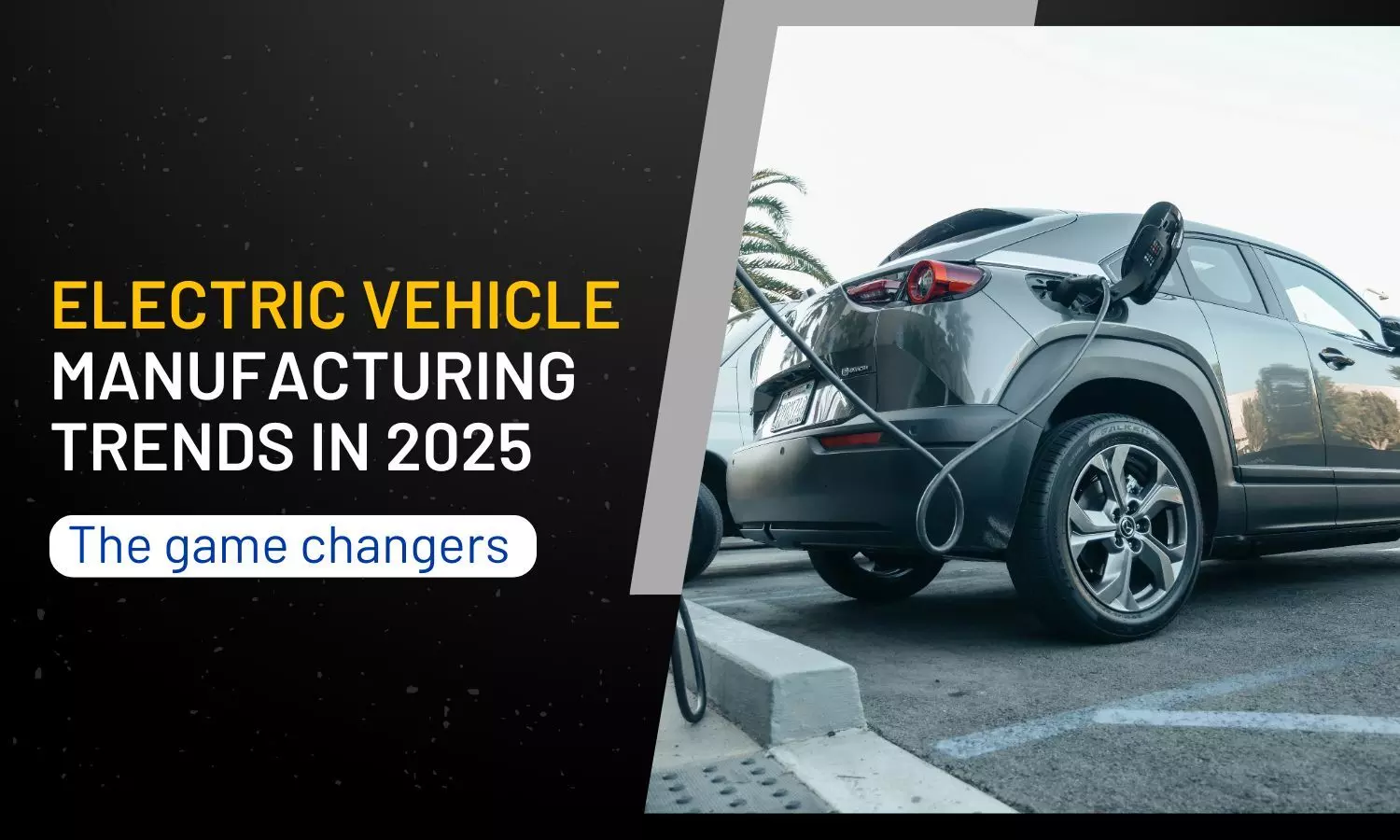Electric vehicles (EVs) have come a long way in the past decade, transitioning from a niche market to a significant player in the global automotive industry. With technological advancements, changing consumer attitudes, and government policies aimed at sustainability, 2025 is poised to be a pivotal year for the EV landscape. Here, we explore the trends and predictions shaping the future of electric vehicles.
1. Mainstream Adoption of EVs
By 2025, electric vehicles are expected to achieve widespread adoption, thanks to declining battery costs and improved charging infrastructure. The International Energy Agency (IEA) predicts that EVs will account for nearly 20% of global car sales by this time. Governments worldwide are incentivizing consumers with subsidies, tax breaks, and other perks to make EV ownership more appealing.
2. Advancements in Battery Technology
Battery technology is at the heart of the EV revolution. By 2025, solid-state batteries are expected to make significant strides, offering higher energy density, faster charging times, and improved safety compared to lithium-ion batteries. This breakthrough could drastically reduce EV costs and increase their range, making them a more viable option for long-distance travel.
3. Expansion of Charging Infrastructure
A robust charging network is crucial for EV adoption. In 2025, we can expect to see a significant expansion in charging infrastructure, with ultrafast chargers becoming more common. Public and private investments are driving the development of widespread, easily accessible charging stations, including innovative wireless and solar-powered solutions. Urban areas will likely see a surge in shared charging hubs, while rural areas benefit from government-backed initiatives to bridge the infrastructure gap.
4. Emergence of EV-Specific Ecosystems
The rise of EVs is giving birth to entire ecosystems tailored to electric mobility. Automakers are developing integrated solutions, including home energy management systems, vehicle-to-grid (V2G) technology, and subscription-based battery services. These ecosystems aim to enhance convenience for EV owners while promoting sustainability by integrating renewable energy sources.
5. Autonomous Electric Vehicles
The convergence of electric and autonomous vehicle technologies is another key trend for 2025. Major players like Tesla, Waymo, and traditional automakers are advancing self-driving technology, with many autonomous EVs expected to hit the roads. These vehicles promise improved safety, efficiency, and a reimagined urban mobility landscape, including autonomous ride-sharing fleets.
6. Diversification of EV Models
Automakers are diversifying their EV offerings to cater to a broader audience. By 2025, we’ll see an array of electric models, including affordable compact cars, luxury sedans, and rugged electric trucks and SUVs. The introduction of EVs in niche markets, such as sports cars and off-road vehicles, will further boost consumer interest and adoption.
7. Decarbonization of the Supply Chain
As sustainability becomes a core focus, automakers are striving to decarbonize their supply chains. By 2025, many manufacturers will source raw materials like lithium and cobalt from ethical and sustainable operations. Recycling initiatives for EV batteries will also gain traction, minimizing waste and reducing dependence on new resource extraction.
8. Impact of Policy and Regulation
Government policies will play a critical role in shaping the EV market in 2025. Stricter emissions regulations and ambitious targets for zero-emission vehicles will push automakers to accelerate their EV transition. Regions like the European Union and China are leading the charge, setting deadlines for phasing out internal combustion engine (ICE) vehicles entirely.
9. The Role of Emerging Markets
Emerging markets are expected to play a significant role in the global EV boom by 2025. Countries in Asia, Africa, and South America are investing heavily in EV infrastructure and manufacturing, driven by urbanization and the need to reduce air pollution. Affordable EV models tailored to these regions will unlock vast new consumer bases.
10. Integration with Renewable Energy
The synergy between EVs and renewable energy is set to grow stronger. By 2025, more EV owners will adopt home solar panels and battery storage systems, creating decentralized energy grids. Vehicle-to-grid (V2G) technology will allow EVs to act as energy storage units, stabilizing power grids and reducing reliance on fossil fuels.
Conclusion
The electric vehicle industry is on the cusp of transformative change. By 2025, advancements in technology, infrastructure, and policy will propel EVs into the mainstream, reshaping the global transportation landscape. As we embrace this electric future, the benefits—reduced emissions, lower operating costs, and enhanced energy security—will pave the way for a more sustainable world. Whether you’re an automaker, investor, or consumer, the time to join the EV revolution is now.

